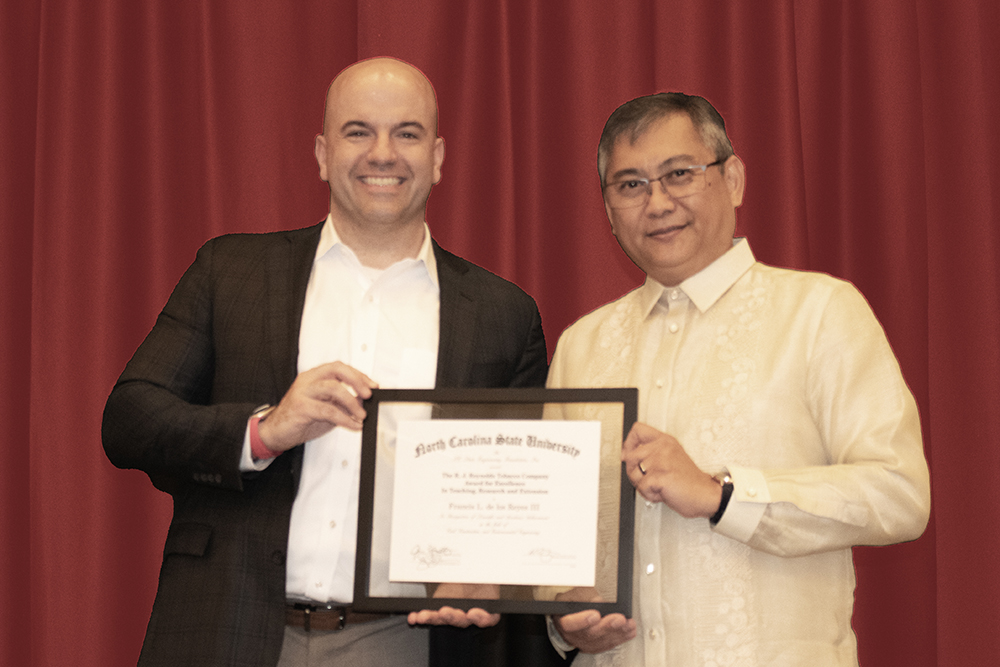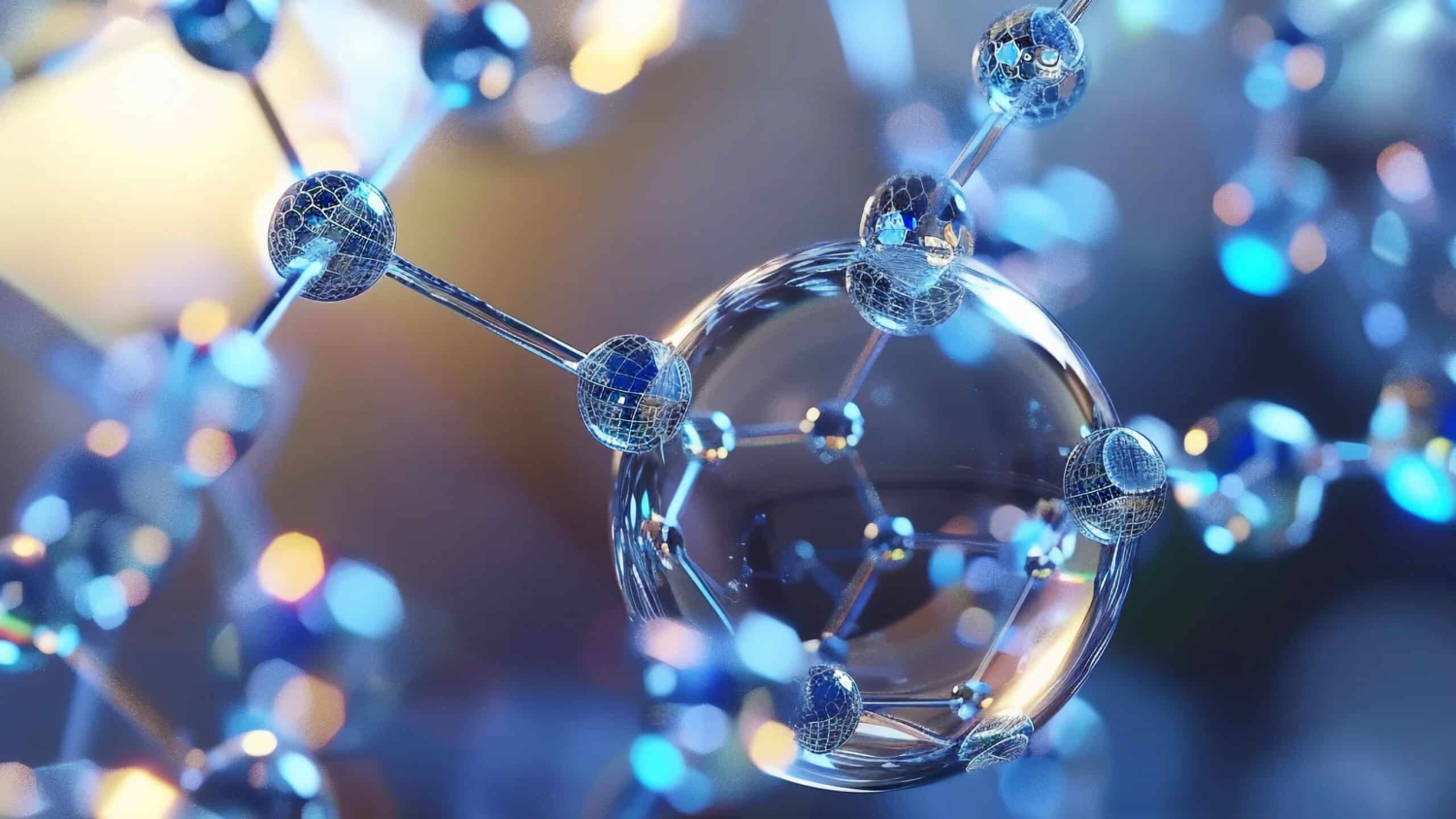Researchers eye a system that uses marine microplastics to get rid of marine microplastics

Tiny particles of plastic, called microplastics, pose a host of environmental problems in marine ecosystems and beyond. Recent research has found that these microplastics are found in more places, and in larger amounts, than anyone anticipated. Now researchers from NC State and Cornell are working to develop a self-sustaining system that uses microplastics to capture more microplastics.
“You can’t filter the sea – it’s too big,” says Carol Hall, principal investigator (PI) of the research initiative. “The scale of the problem means that we need to develop revolutionary new methods to remove microplastics from seawater. So that’s our goal.” Hall is the Camille Dreyfus Distinguished University Professor of Chemical and Biomolecular Engineering at NC State and leads the project along with Nicholas Abbott, Tisch University Professor of Chemical and Biomolecular Engineering at Cornell.
The big idea is to create a circular system. The starting point would involve creating “microcleaning particles” that microplastics would stick to, likely using peptides designed by the Hall group and so-called “soft dendritic materials” pioneered by the lab of Orlin Velev. Velev is a co-PI on the project and the S. Frank and Doris Culberson Distinguished Professor of Chemical and Biomolecular Engineering at NC State.
“The idea is that these microcleaning particles would grab the microplastics, collapse in on themselves, and then float to the surface – where you could pick them up,” Velev says.
The microcleaning particles and microplastics would then be fed into a bioreactor, which would break down the microplastics and use the resulting byproducts to create new microcleaning particles (and possibly other useful materials).
How would that work?
“The research community has already identified microorganisms capable of breaking down plastics into various byproducts,” says Nathan Crook, a co-PI on the project and assistant professor of chemical and biomolecular engineering at NC State. “We plan to build on that knowledge, modifying a marine microorganism to degrade plastic.
“At the very least, we would like the microorganism to be able to use the plastic as a source of energy, allowing it to grow and reproduce – because that would at least convert the plastic into something biodegradable. But we’re planning to modify the marine microorganism so that it produces chemicals that we can use as feedstock for producing more microcleaning particles, which can then be used to capture more microplastics.
“Ultimately, we want to see if we can use this approach to turn microplastics into chemicals that have commercial value for either manufacturing or pharmaceutical applications,” Crook says. “Literally turning trash into something valuable.”
To control and optimize this complex process, the group has teamed up with Fengqi You, the Roxanne E. and Michael J. Zak Professor in Energy Systems Engineering at Cornell, who is an expert in advanced machine learning and AI techniques.
The work is being done with support from the National Science Foundation’s Emerging Frontiers in Research and Innovation program, under grant number 2029327. The grant is for $2 million over four years.
This post was originally published in NC State News.
- Categories:


